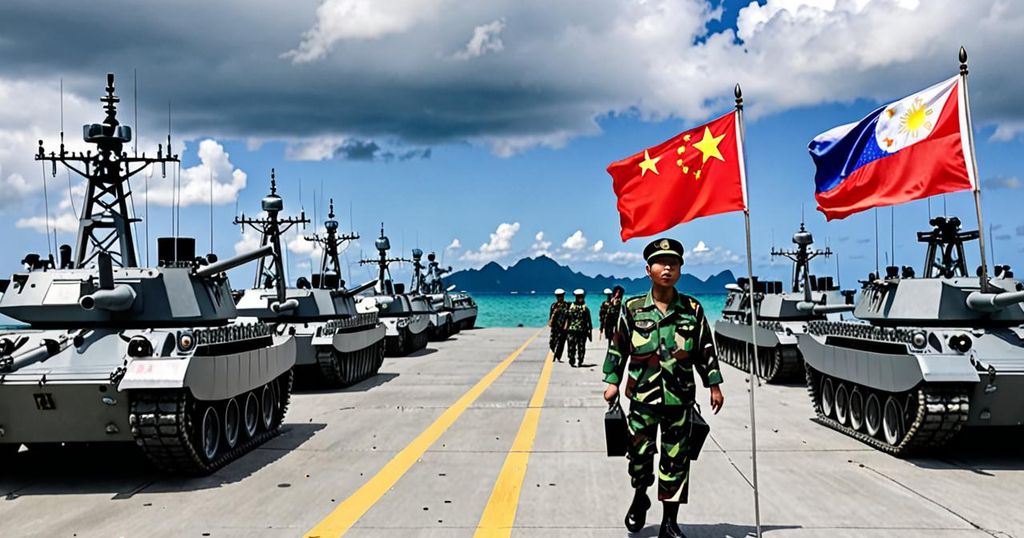In a recent statement, Matthew Pottinger, former advisor to President Donald Trump, cautioned that China’s current conflict with the Philippines in the South China Sea may be indicative of a larger strategy targeting Taiwan.
Pottinger posited that China’s aggressive encounters with the Philippines are essentially functioning as a “dress rehearsal” for a potential future attack on Taiwan, with the goal of demonstrating their ability to impose blockades and create a sense of hopelessness that discredits the notion that the United States would provide assistance not only to the Philippines, but also to Taiwan.
The ongoing territorial dispute between Manila and Beijing has resulted in several skirmishes, the most recent of which caused injuries to Filipino sailors. Pottinger proposed that the United States explore the option of imposing more substantial consequences on Beijing in order to effectively address the situation.
Additionally, he suggested support for potential joint US-Philippine resupply missions in the South China Sea to aid the Philippine marines stationed in that area, drawing a comparison to the historic “Berlin airlift” operation.
Pottinger’s observations shed light on the escalating tensions between China and the Philippines, with potential implications extending beyond the South China Sea to influence delicate relationships in the region, particularly with Taiwan.
In response to Pottinger’s comments, the Embassy of China in Washington has yet to issue a formal statement addressing the concerns raised by the former US official. This lack of direct engagement from the Chinese side underscores the severity of the situation and the necessity for more diplomatic efforts to effectively address the escalating tensions.
Moreover, Pottinger also underscored the apparent lack of seriousness from the Chinese side during recent talks in Geneva, emphasizing the need for more substantive engagement to address the concerns raised by the United States and its allies.
The implications of China’s recent actions extend beyond the regional sphere and have garnered attention from the international community. The United States, in particular, is closely monitoring the situation, with officials from the National Security Council and the State Department engaging in discussions to address the challenges posed by China’s actions in the South China Sea.
Deputy Secretary of State Kurt Campbell underscored that both the US and China recognize the significant challenges posed by advances in technology and AI in the context of military strategy, indicating the need for increased vigilance in addressing these concerns.
As tensions in the South China Sea continue to escalate, it is becoming increasingly evident that the situation extends beyond a mere territorial dispute. The implications could potentially impact the delicate balance of power in the region, with Taiwan being of particular concern given the recent aggressive tactics employed by China.
In conclusion, the ongoing conflict between China and the Philippines is not simply a regional dispute; rather, it is a clear indication of China’s broader strategic ambitions and the potential threat it poses to the stability of the region. As the situation continues to evolve, it is imperative for the United States and its allies to engage in diplomatic efforts to effectively address these challenges and maintain peace and stability in the Asia-Pacific region.

Leave a Reply